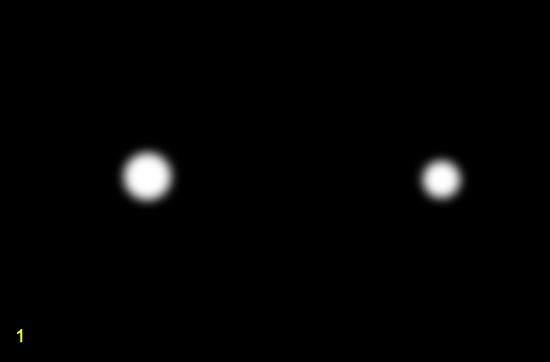The Sirius System
[1] - [2] - [3] - [4] - [5]
| [3.1] | Sirius B formed at the same time as Sirius A from the same cloud. Sirius B was the larger star and burned more brightly than Sirius A. |
| [3.2] | When the hydrogen in Sirius B's core was exhausted, helium fusion began and the star swelled to a red giant. |
| [3.3] | During the red giant phase, Sirius A captured some material from its companion's swollen atmosphere.* |
| [3.4] | At the end of the red giant phase, The star's outer layers were cast off as a planetary nebula. A white hot compact core was all the remained of the former massive star. |
| [3.5] | During the planetary nebula phase, Sirius A captured further material from its companion.* |
| [3.6] | Today, Sirius A's companion is Sirius B, the white dwarf. There is no sign of nebulosity in the system. Sirius B's red giant phase must have occurred well before historical times. |
*Sirius A has a higher than usual proportion of metals in its atmosphere.

Click the links above or those beside the text
to follow the history of the Sirius system.